The pastoral staff is a symbol of ecclesiastical power, which usually designates the role of the bishop or abbot. It is a long rod with one curved or spiral end, fixed to the support by a collar and by a node.
The staff symbolises a scepter, an object of solemn investiture, but its origins are humble. In fact, the term derives from ‘baculus pastoralis’, the shepherd’s rod (or crook). With this stick, with one bent end, the shepherd could grab the animals without harming them. It is therefore a symbolic stick: his right refers to the good ecclesiastical government, the will to lead the flock of the faithful to salvation. The pointed end should serve to spur the lazy and the unrepentant; the curve to attract repentant and lost sinners.
The pastoral staff therefore refers back to the evangelical symbolism of Jesus the ‘Good Shepherd‘. Holding it at the time of the investiture, in the rite of ordination, the bishop accepts its role as a guide and protector of the Christian people.
Pastoral sticks have known an inevitable artistic evolution over the centuries. The curved ends, initially simple and unadorned, gradually assumed more of a spiral shape and began to be decorated with engravings, enamels, inlays, as well as precious stones or crystals. Pastoral sticks are made of different materials: wood, ivory, bone, bronze, gilded copper, silver, and filigree.
The bishop uses the pastoral staff especially as part of Mass during the Entrance Procession, the Proclamation of the Gospel, Homily, administration of the Sacraments, the final Blessing, and the Farewell Procession.
The bishop can use the pastoral staff only within their own dioceses, which actually symbolises the strong relationship between the shepherd and his flock, and does not play a role of general endowment for the priest.

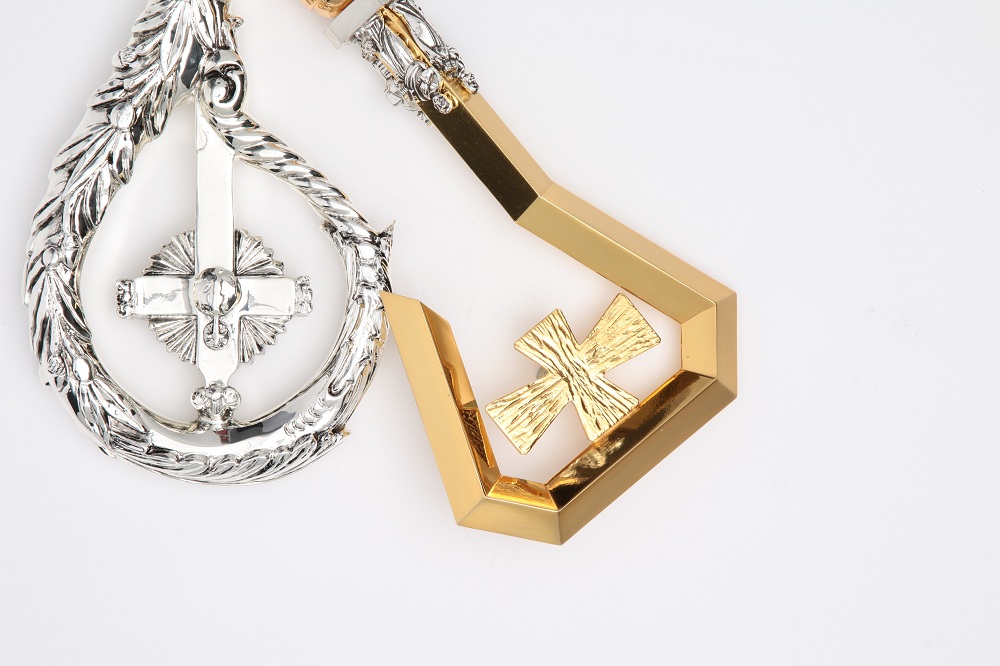

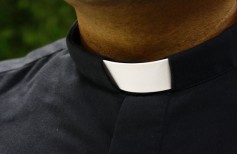
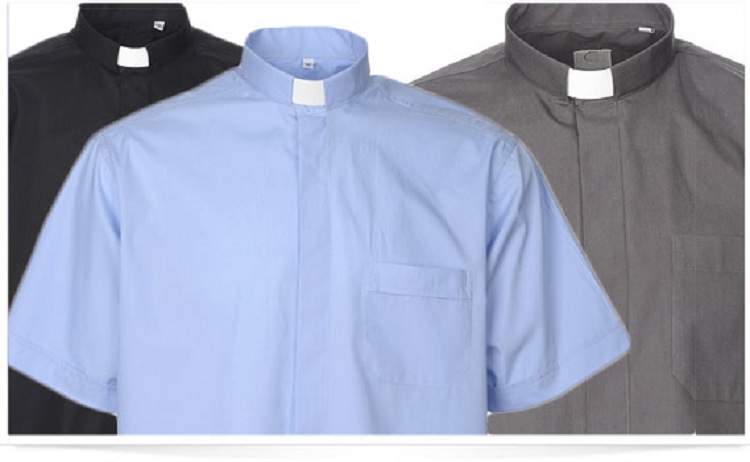
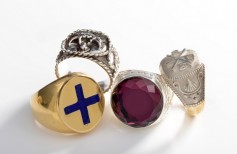

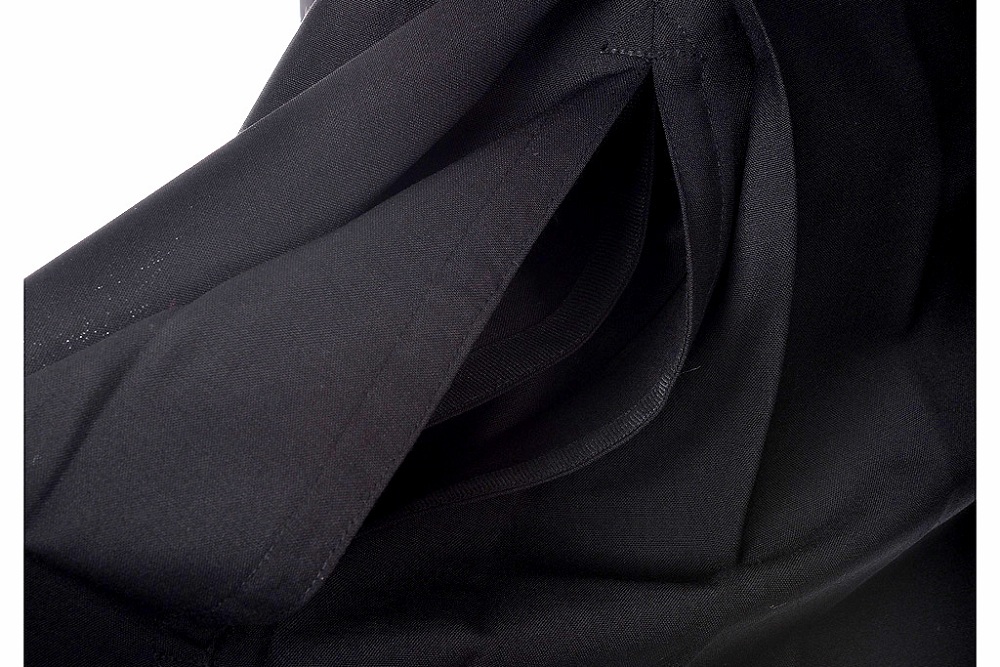
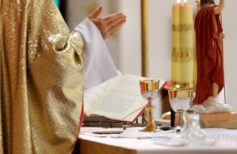
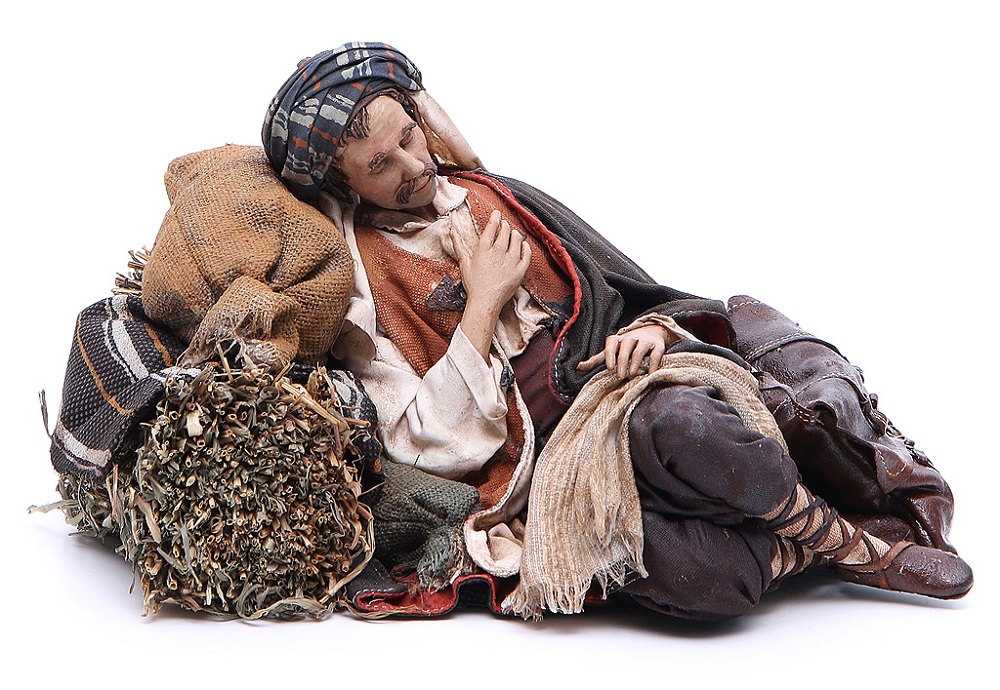
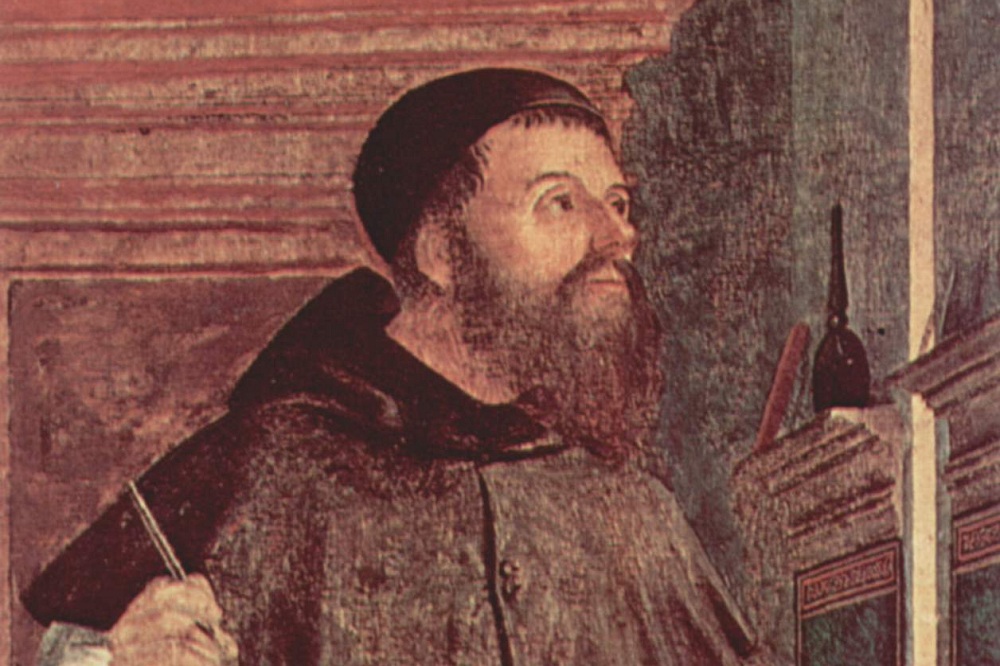








 19 March 2025
19 March 2025






